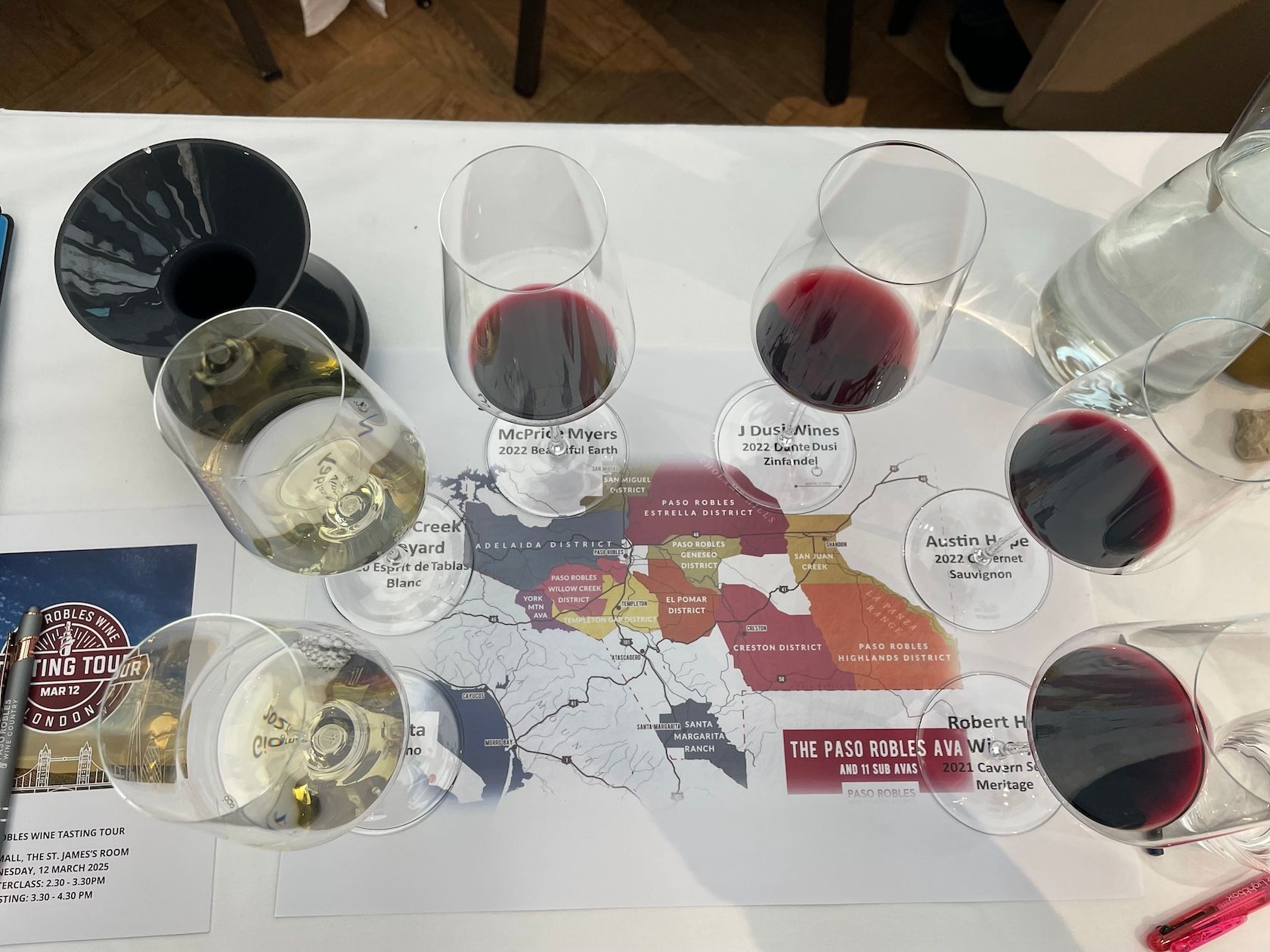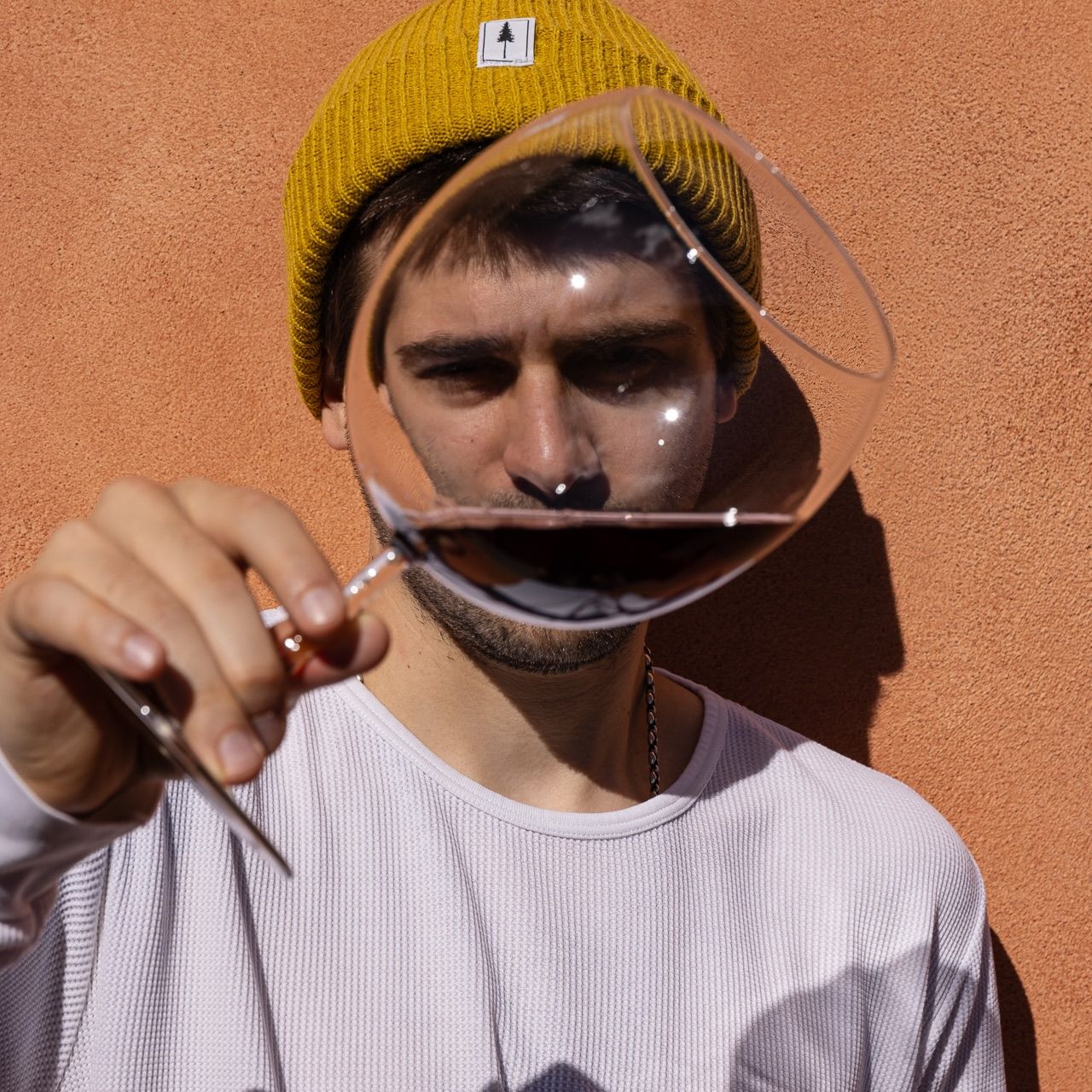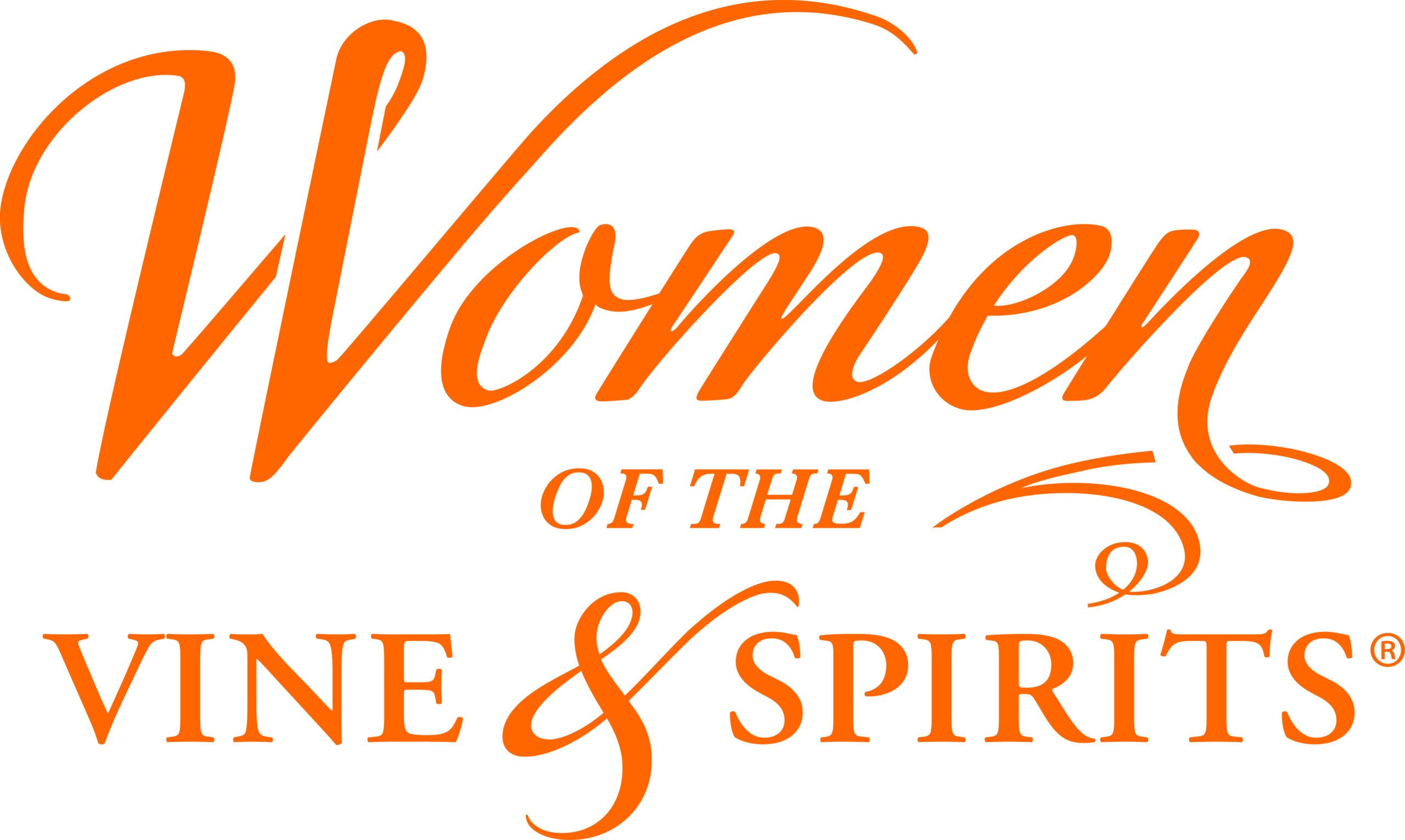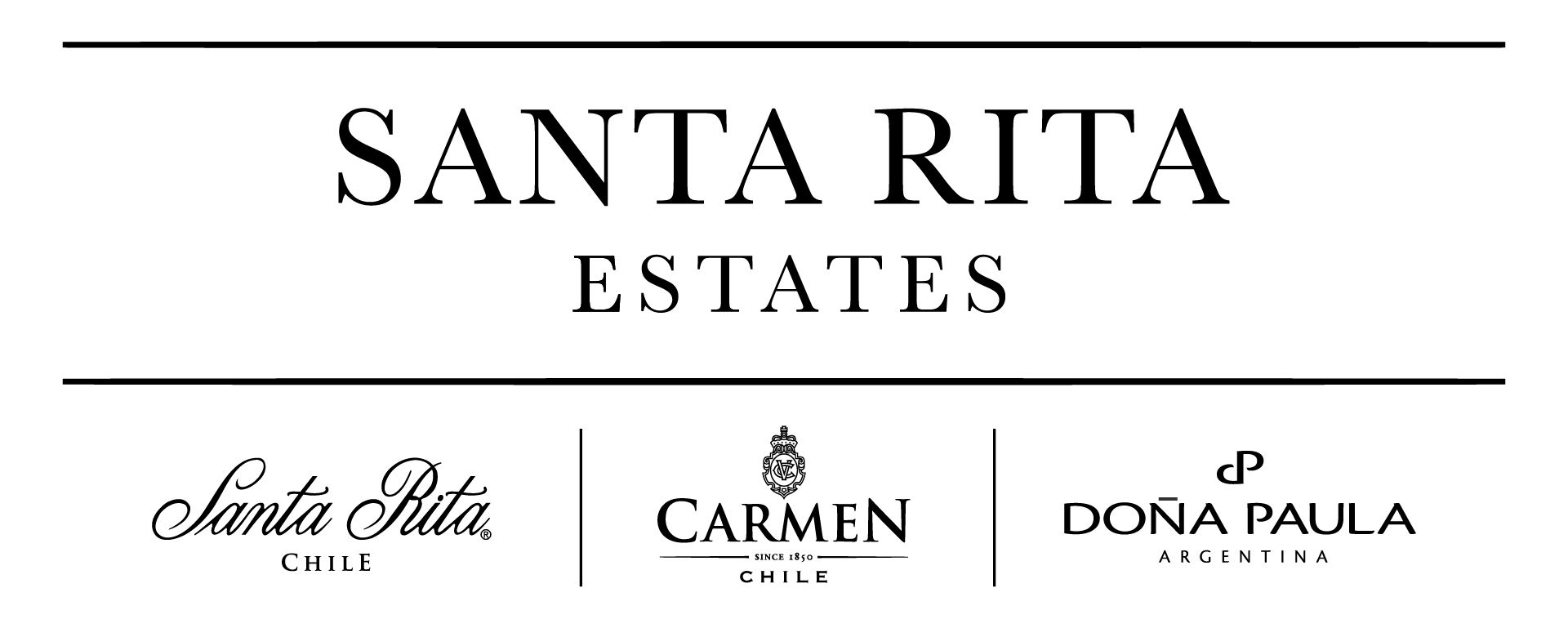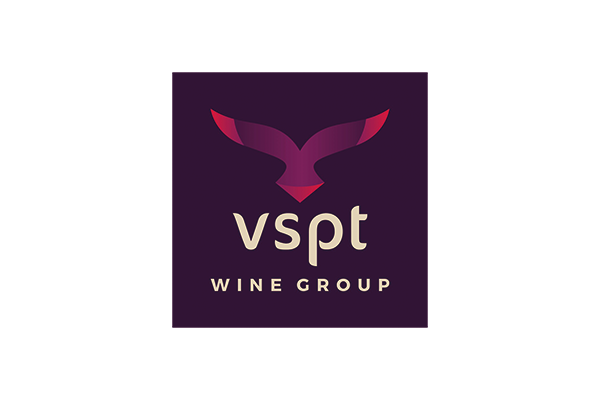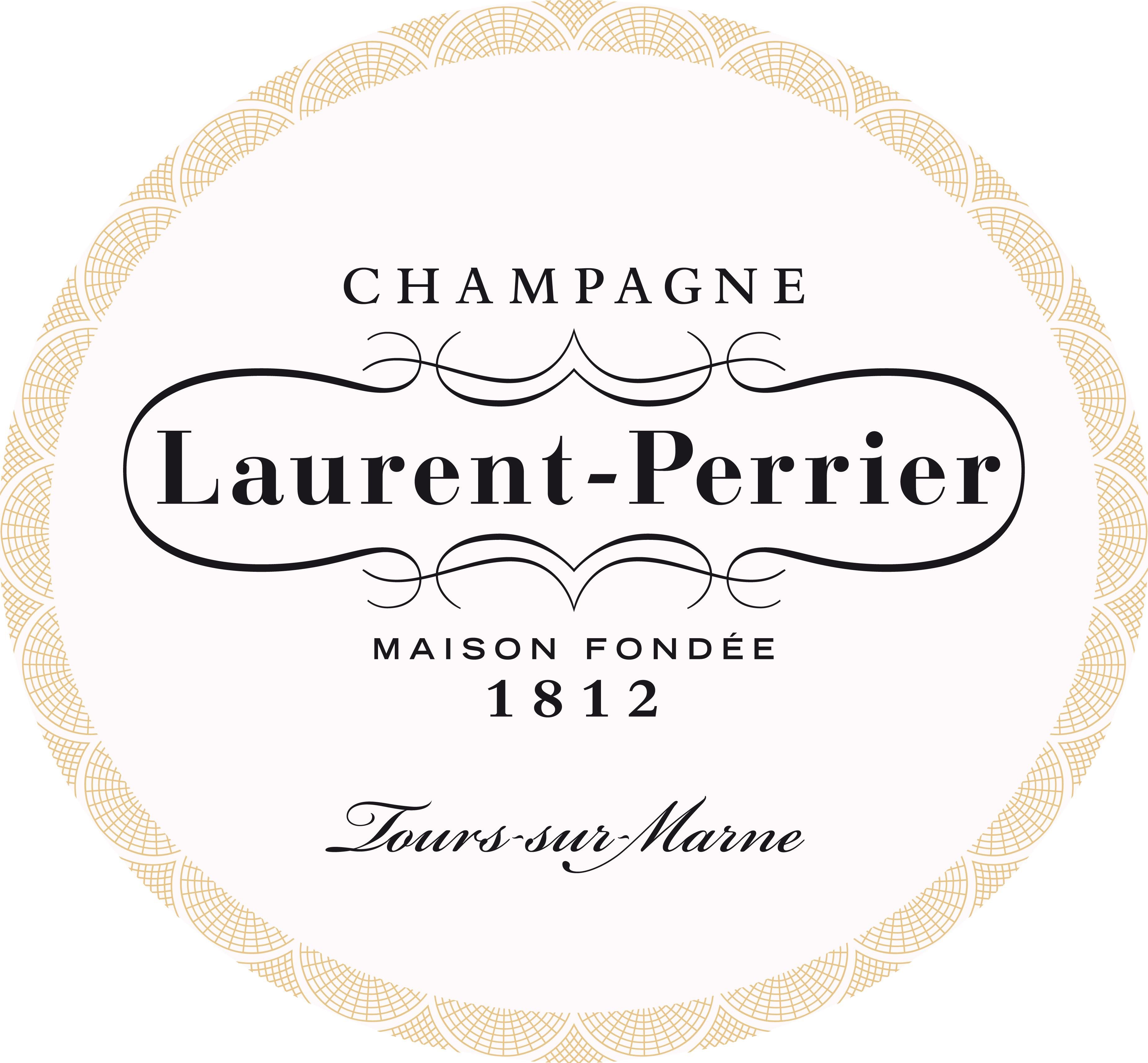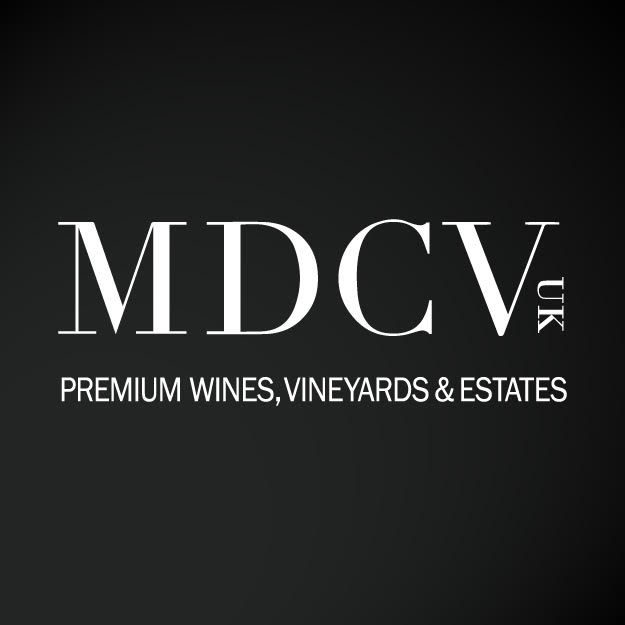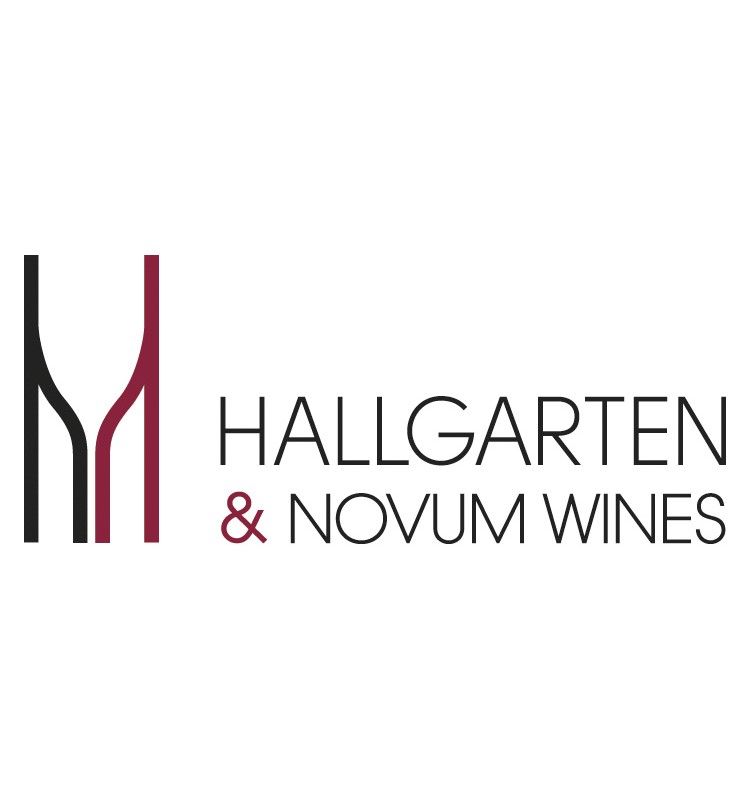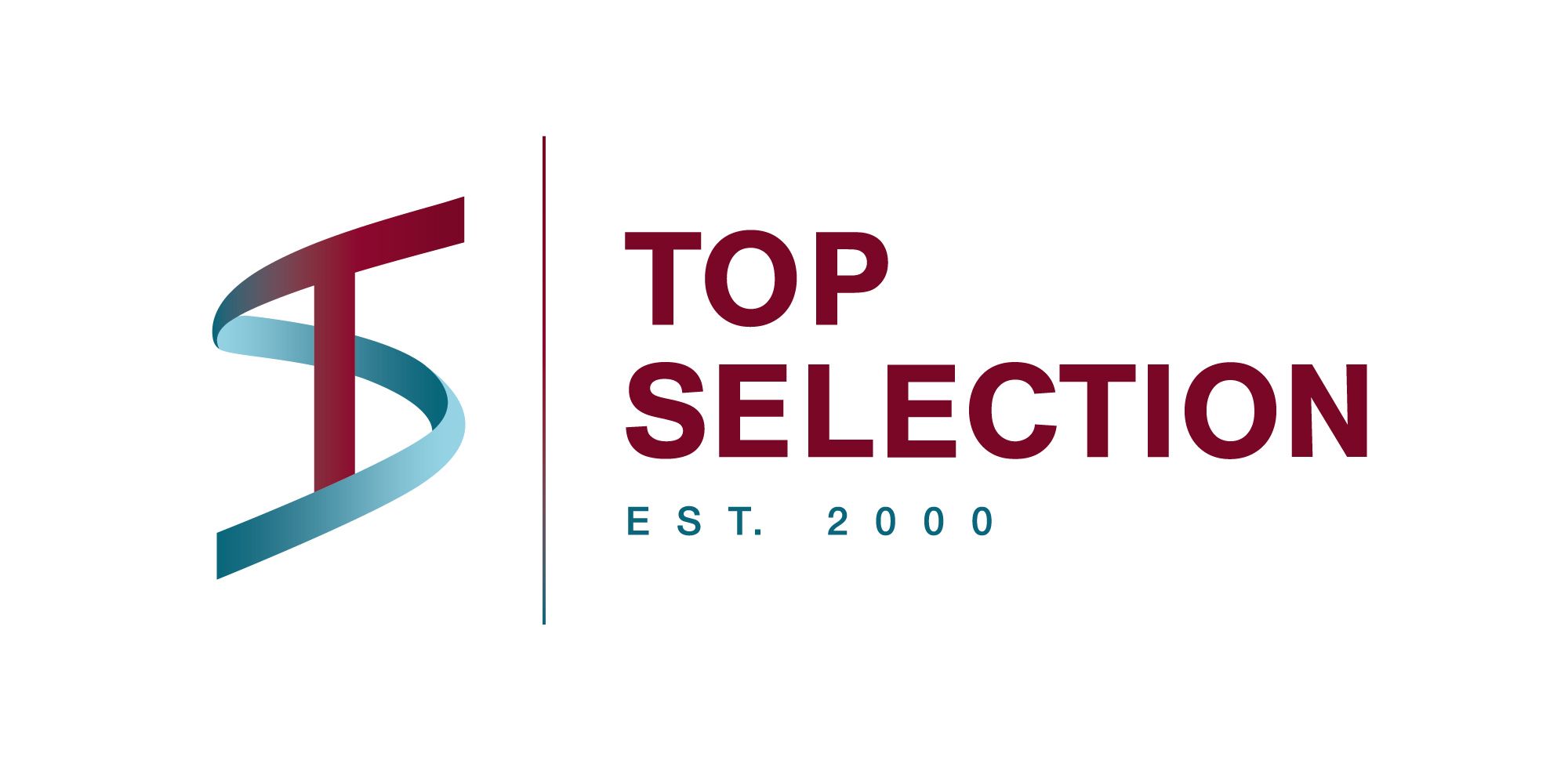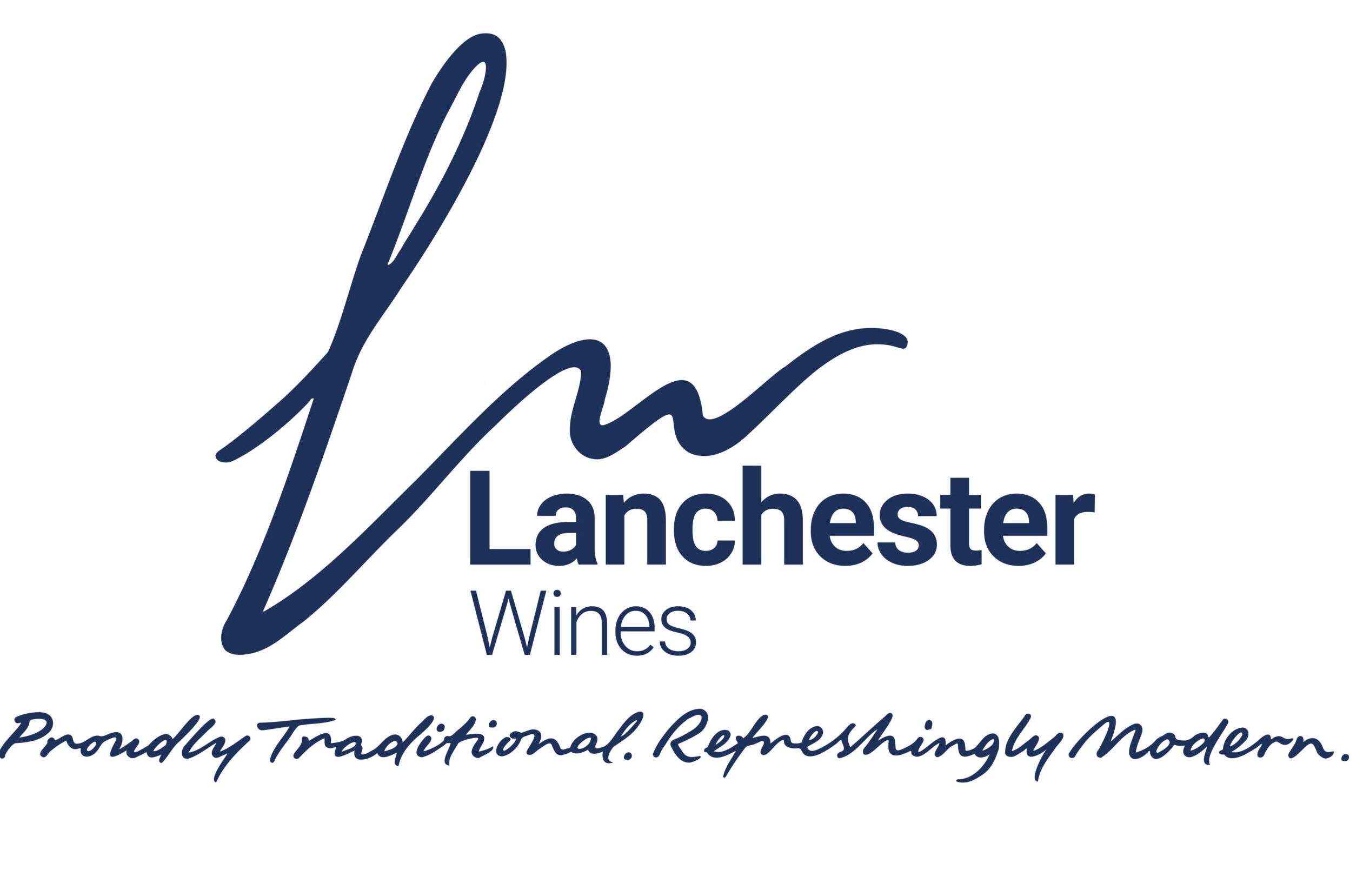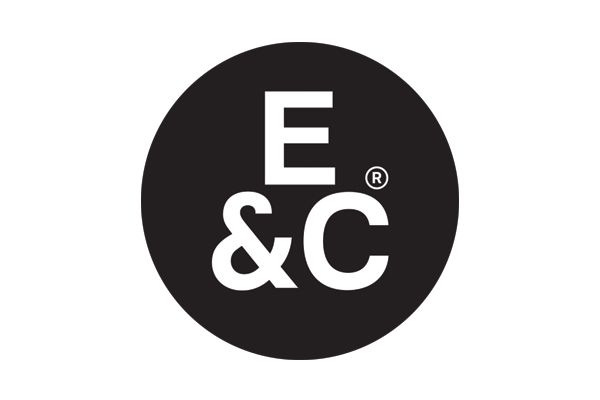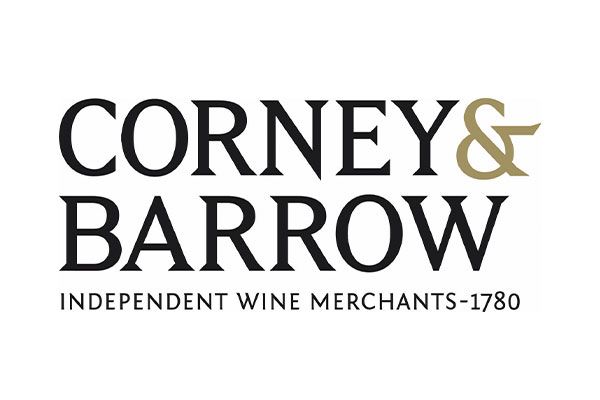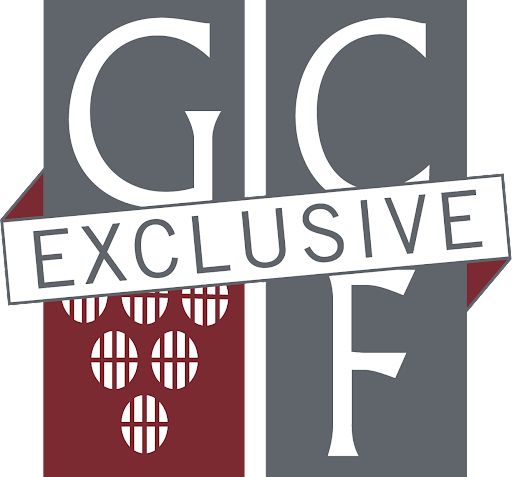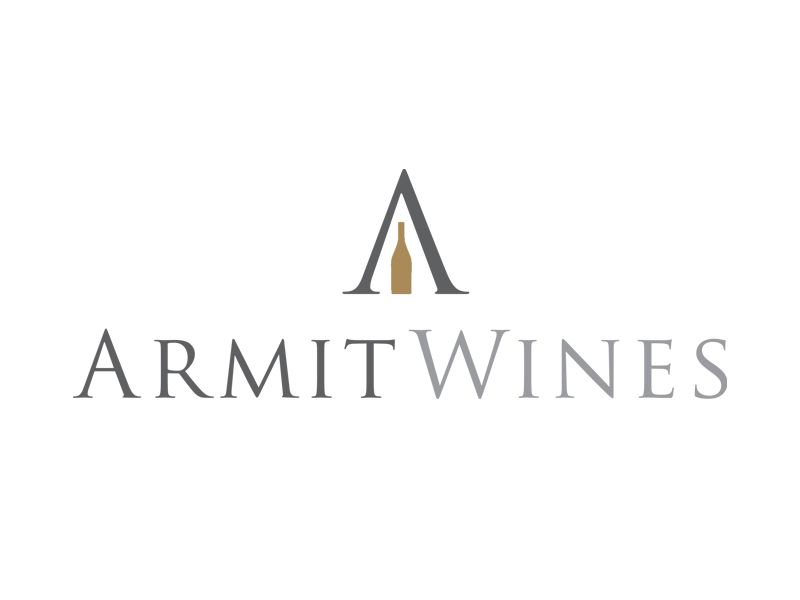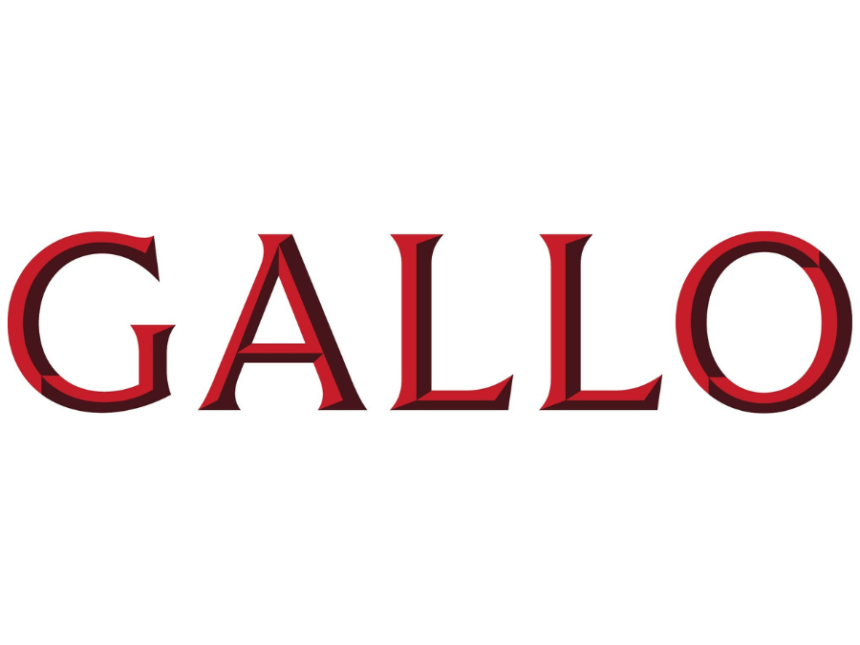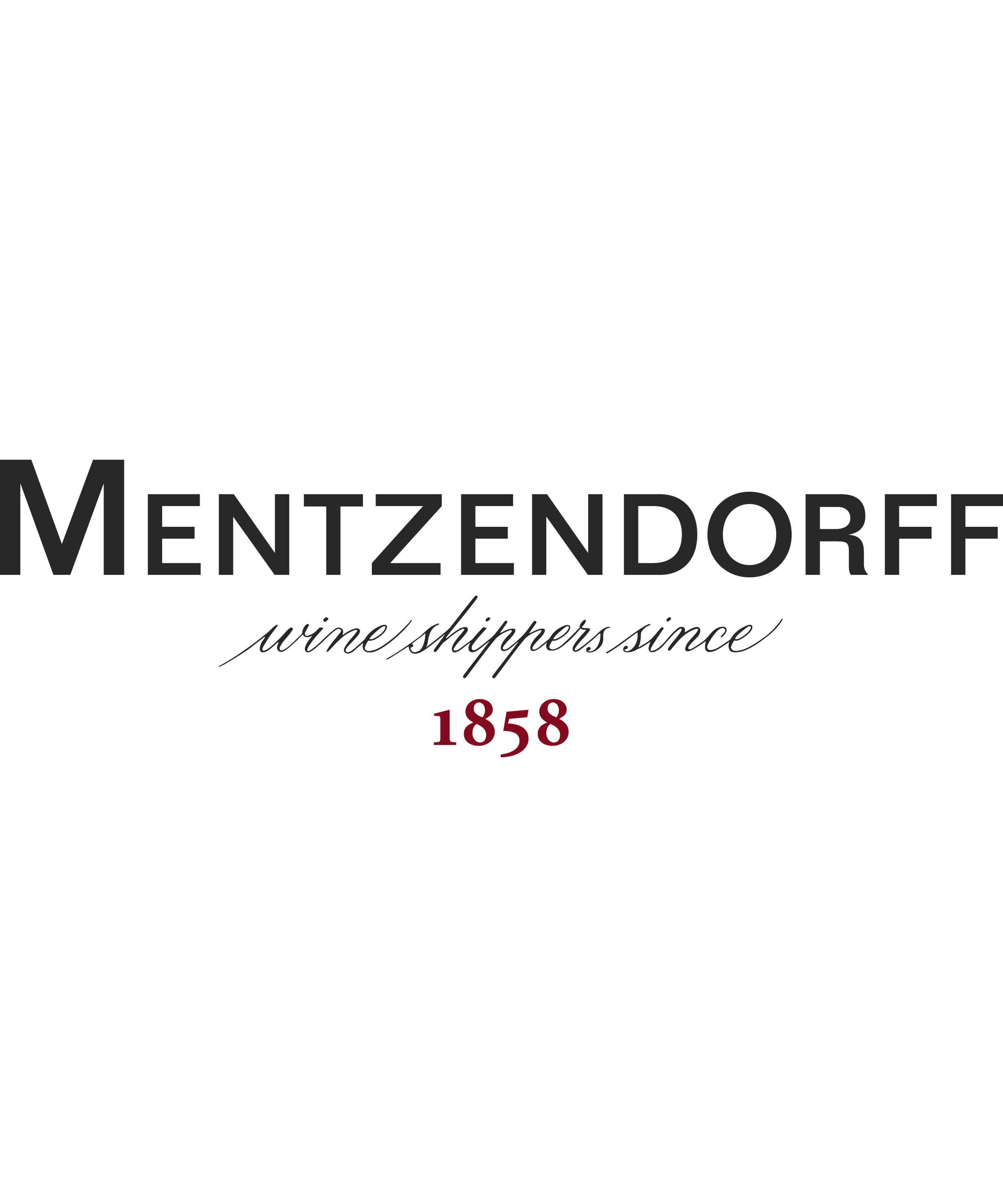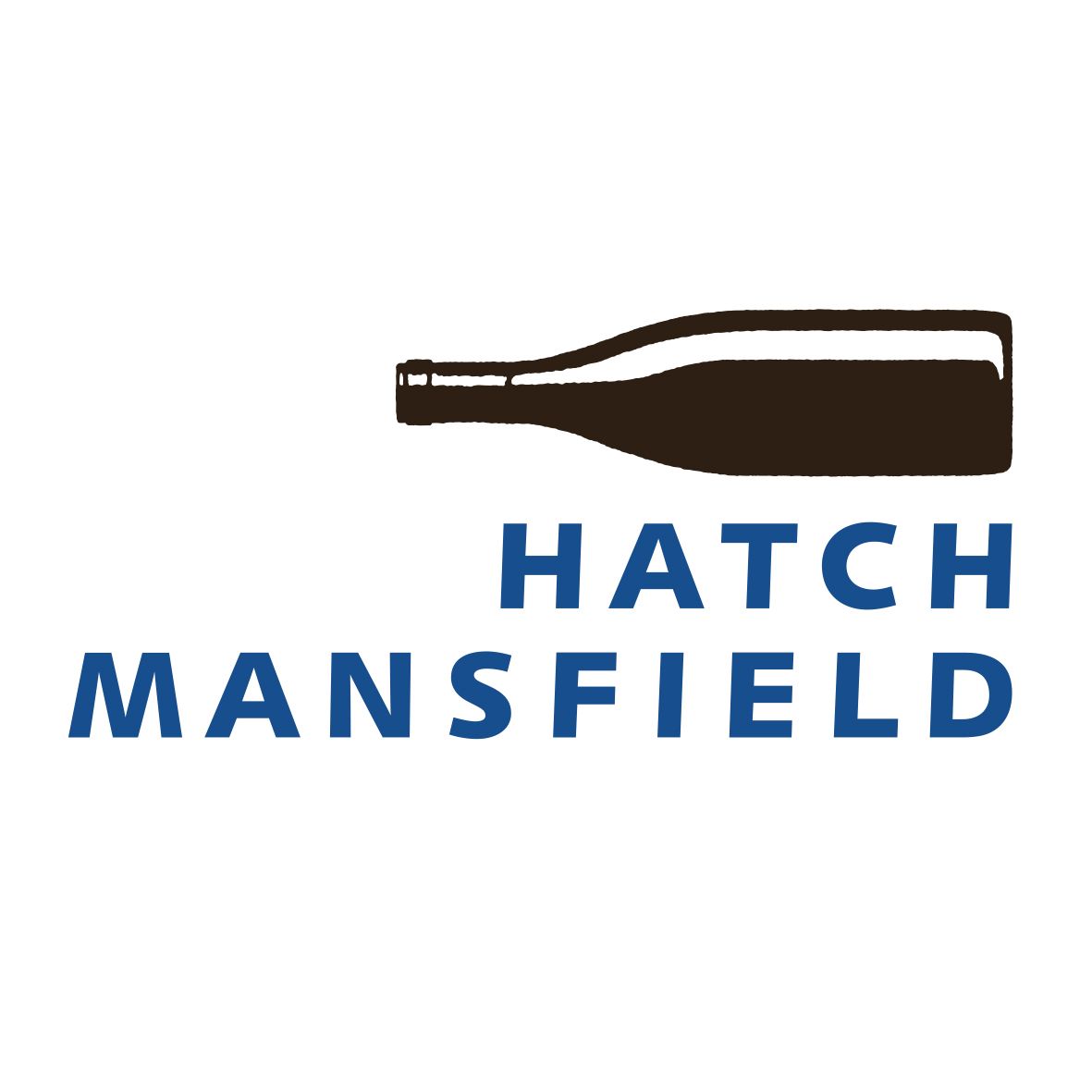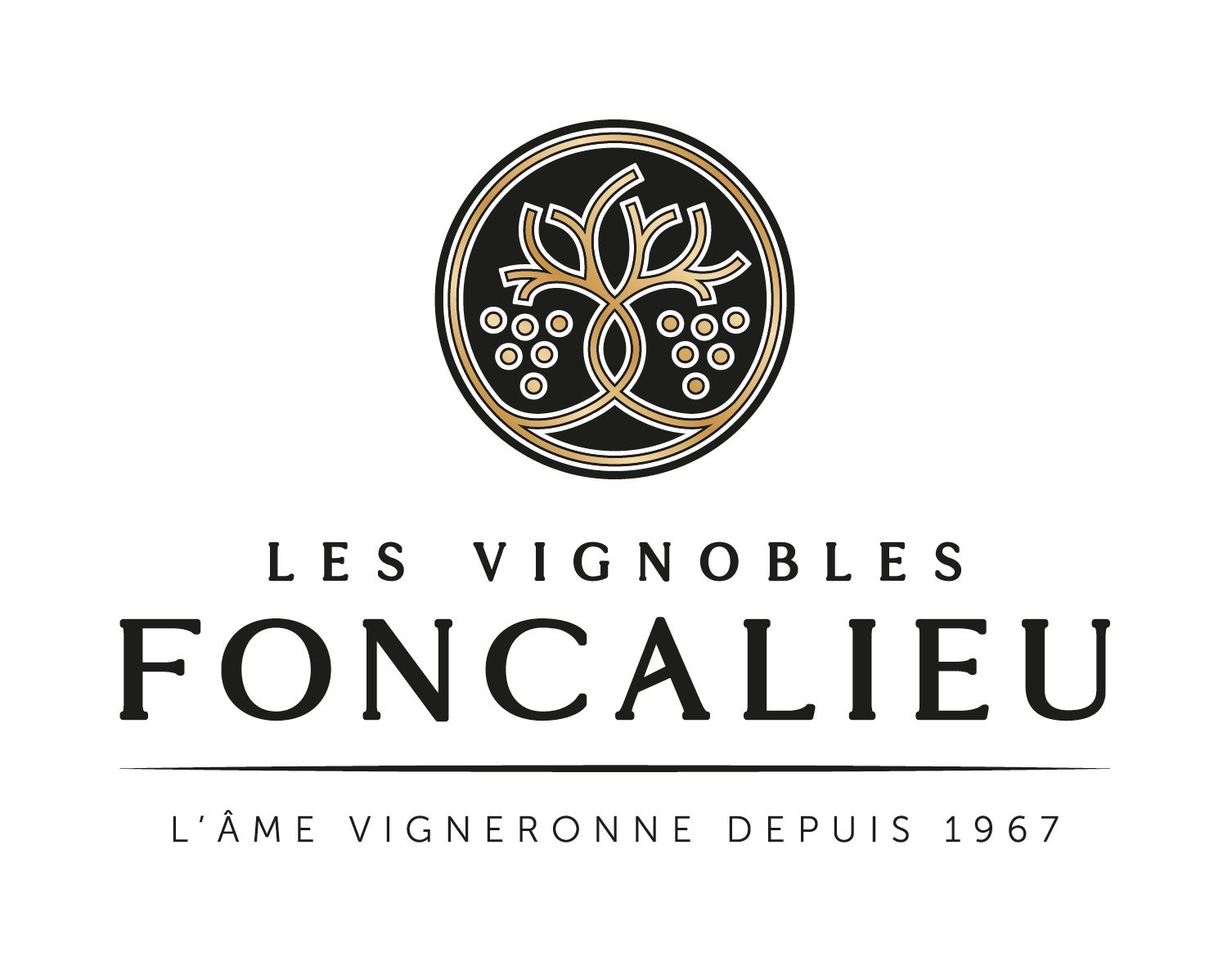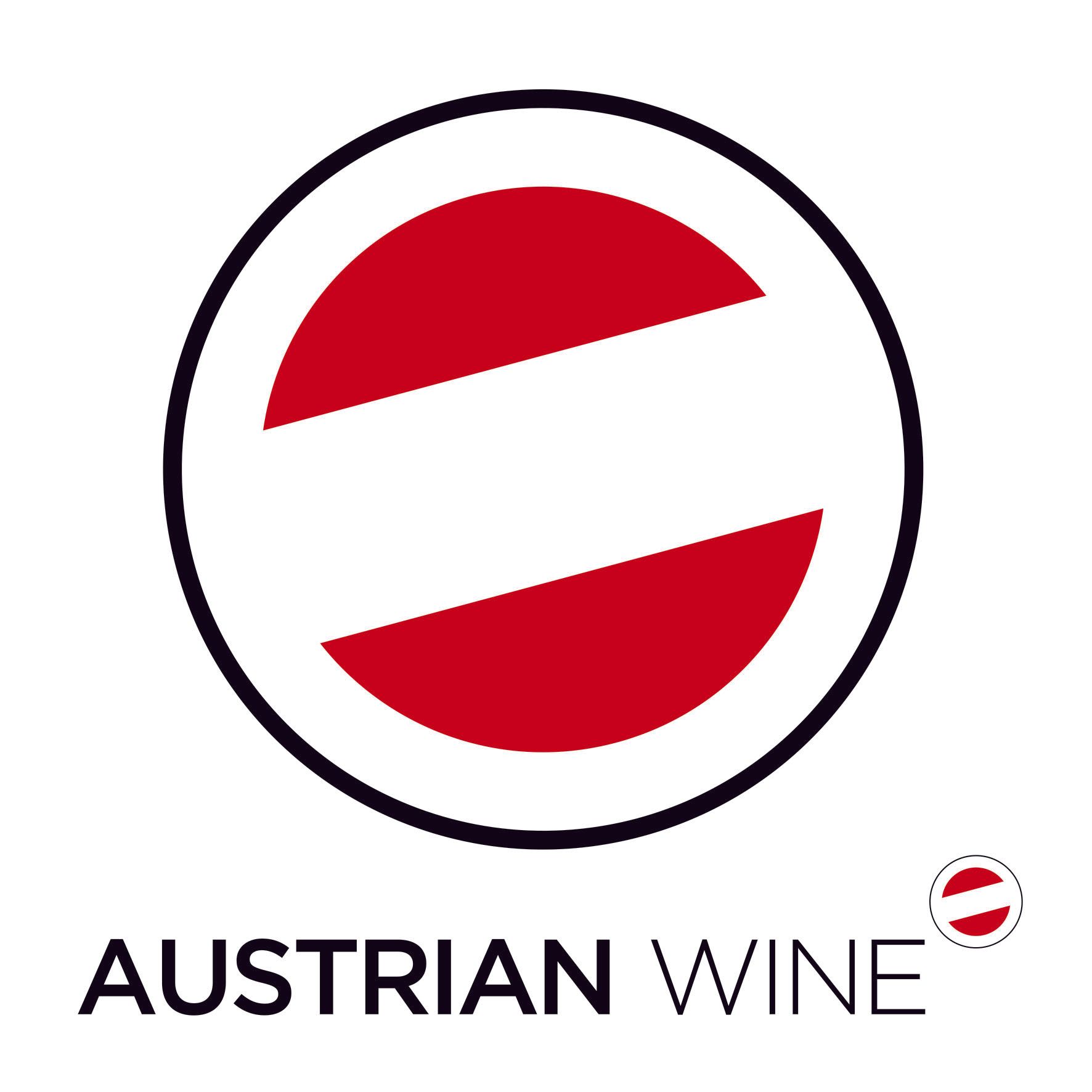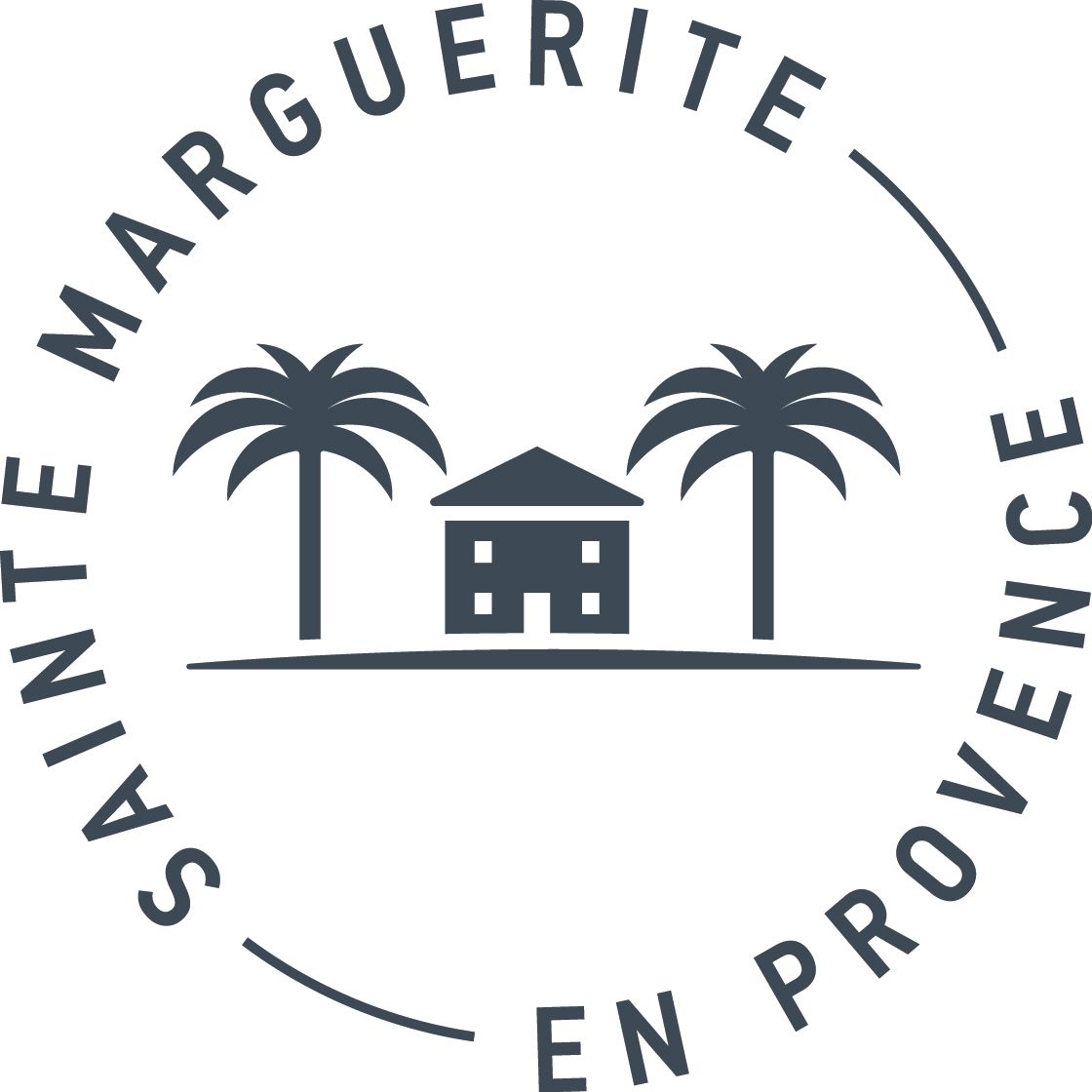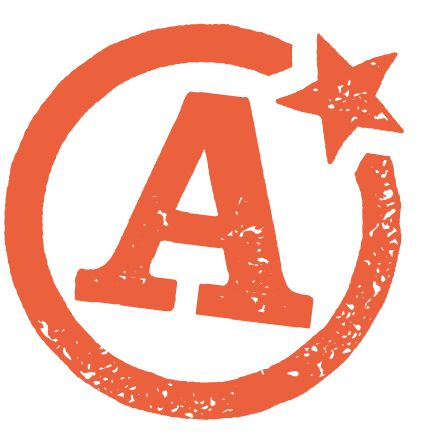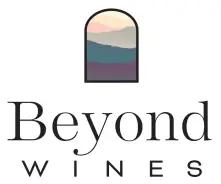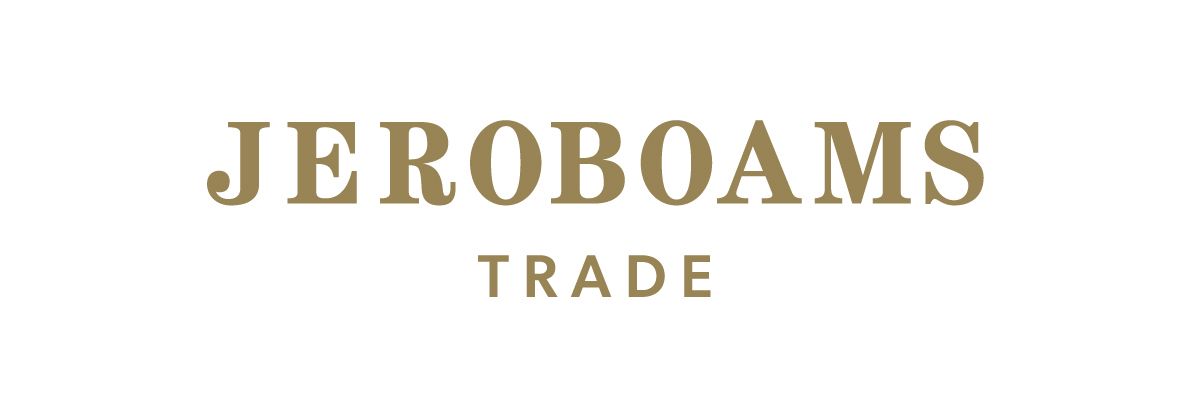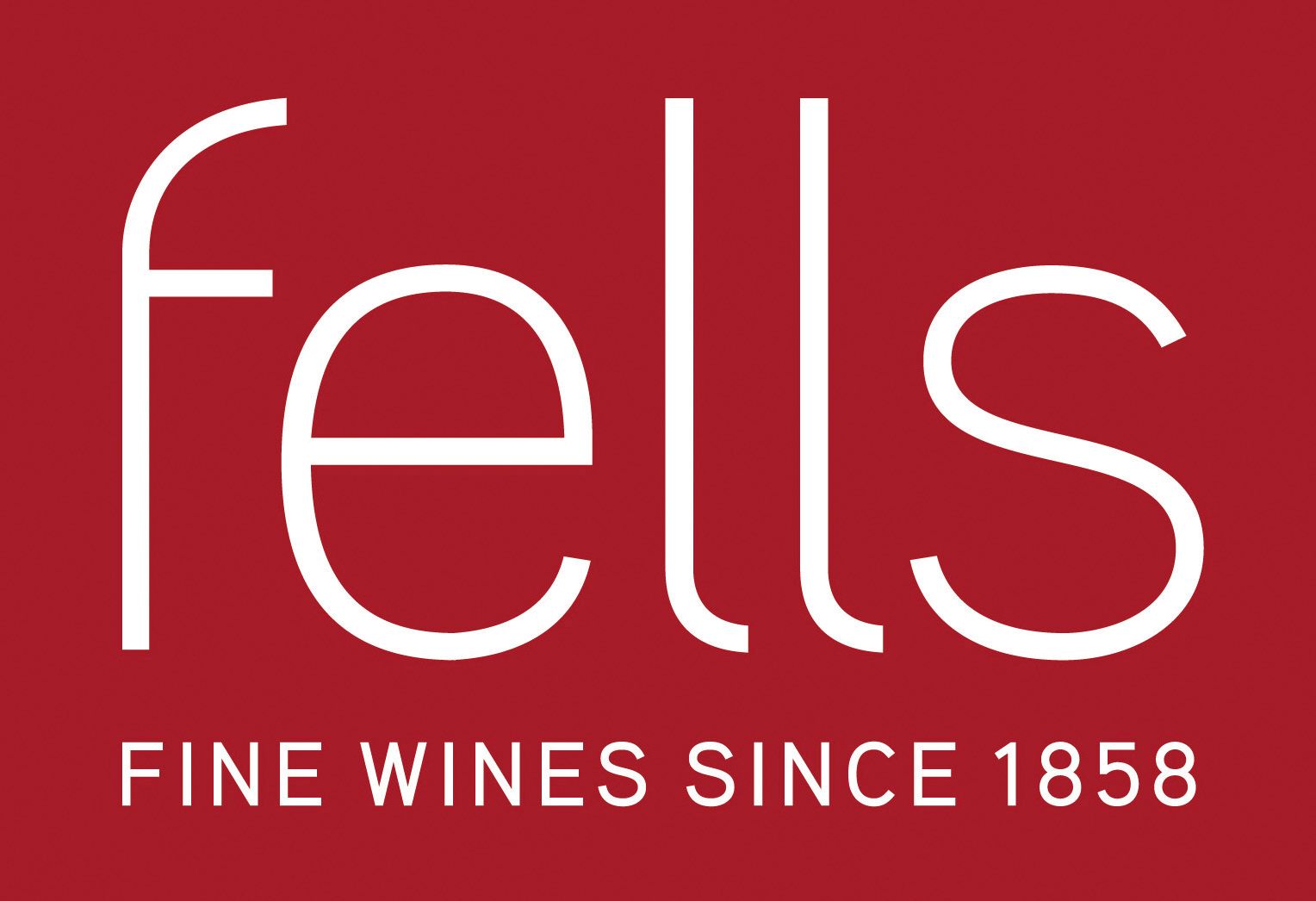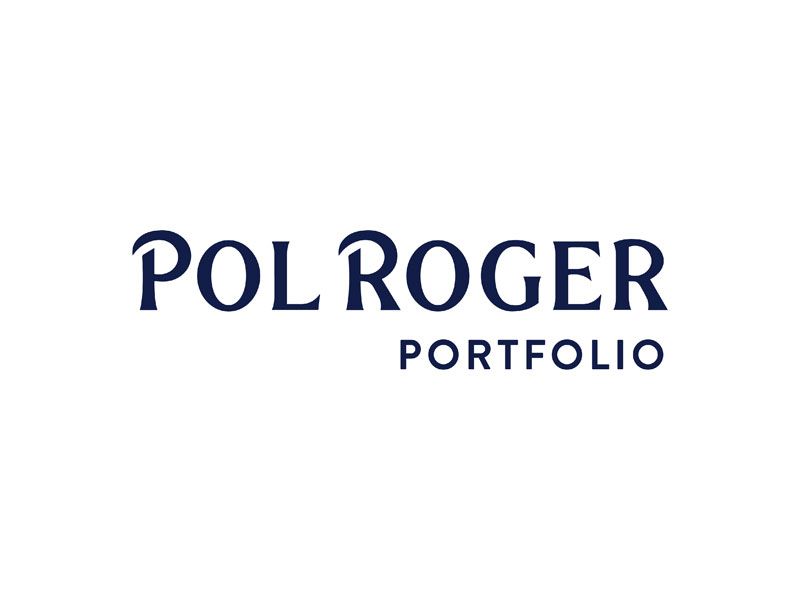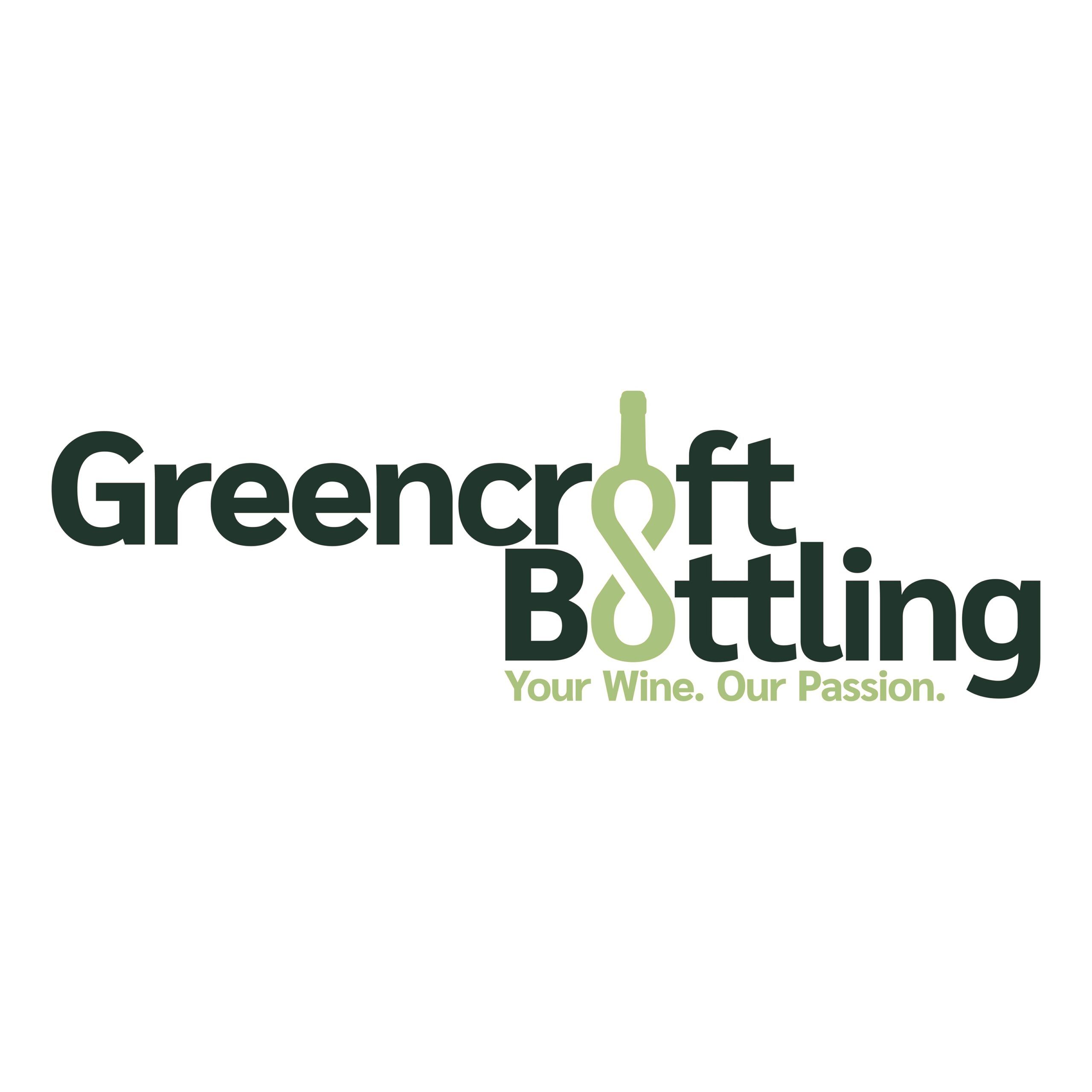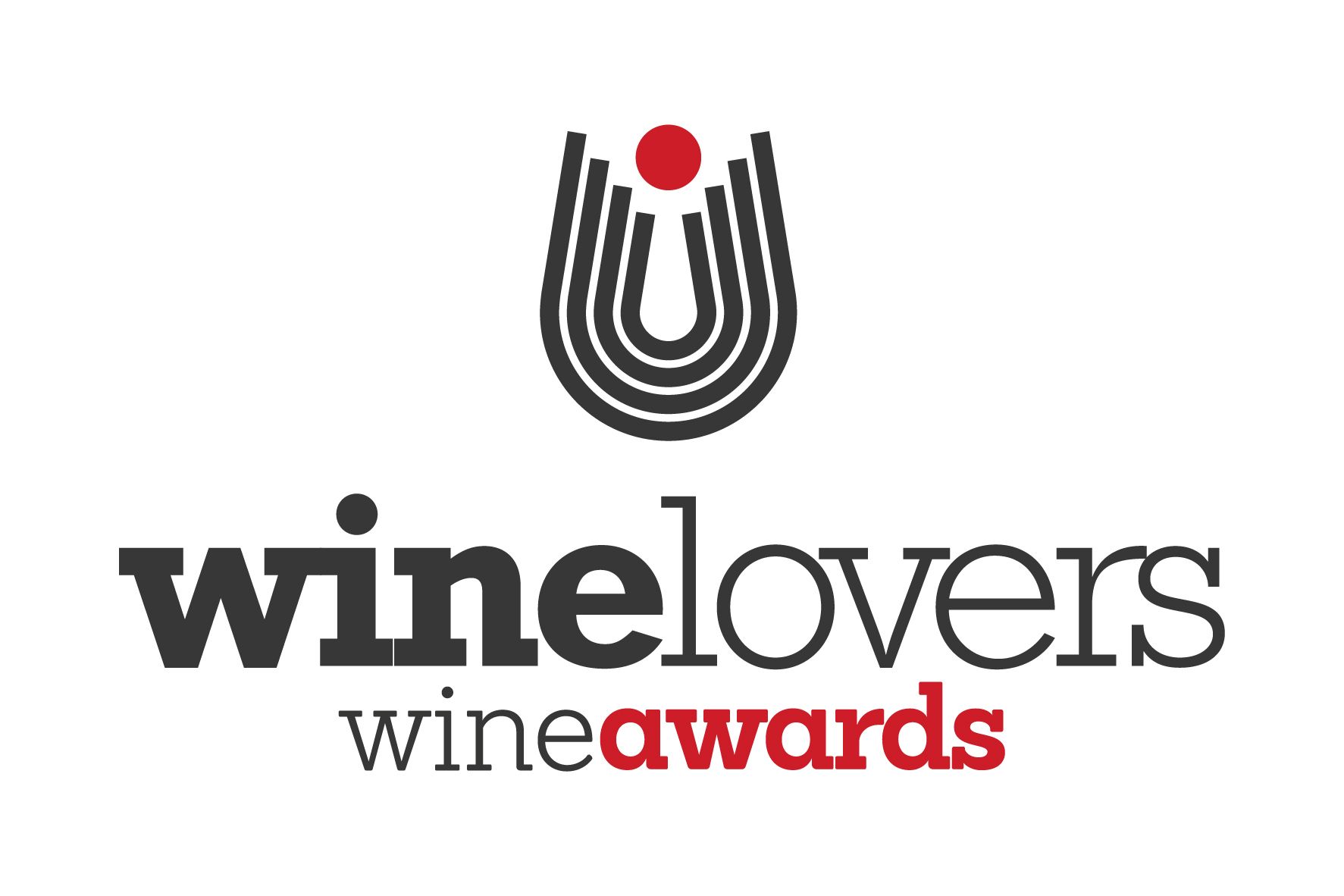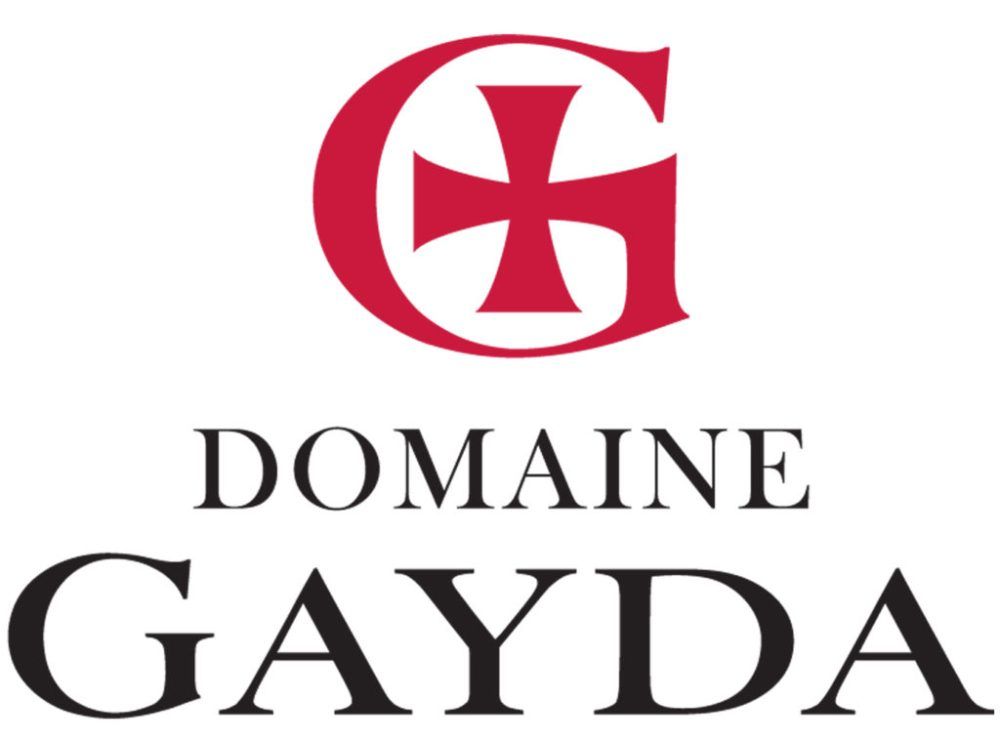In May, I joined the IWSC’s 2025 global judging panel in Steiermark, Austria held in partnership with Austrian Wine Marketing Board and this year’s host Wein Steiermark (Styria). I arrived knowing little about the region. I left convinced it deserves far more attention. Over 400 wines tasted, six wineries visited, and countless conversations later, here’s how it unfolded:
Meet the Panel
The judging panel brought together a diverse group of professionals from across key positions in the UK wine trade, blending expertise from retail, hospitality, buying, education and media.
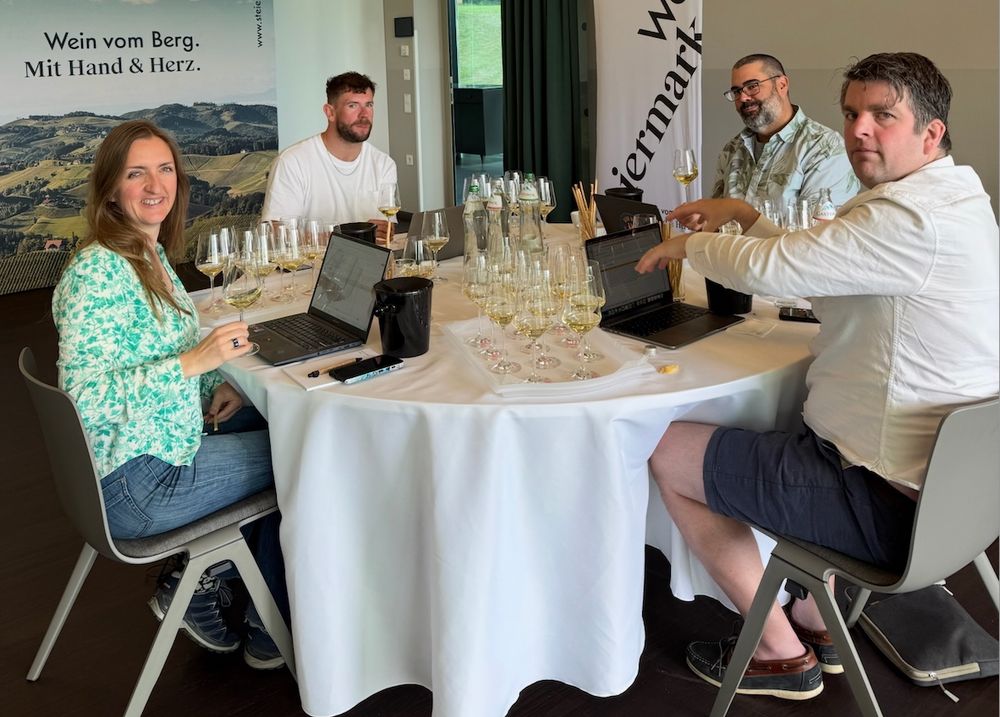
The IWSC's judging panel included top UK wine buyers, consultants and writers including above: Cat Lomax, Henry Crowther, Dan Belmont and Luke Flunder
Leading the panel was head judge Dirceu Vianna Junior MW (consultant and educator), joined by David Kermode (broadcaster and wine writer), Cat Lomax (drinks consultant), Emma Penman (wine buyer, Waitrose), Freddy Bulmer (buyer, The Wine Society), Georgios Iordanidis (head of wine, Annabel’s), Colin Thorne (buyer, Vagabond Wines), Harry Crowther (founder, Tiny Wine), Philipp Reinstaller (head sommelier, Raffles London), and Dan Belmont (director, Good Wine Good People).
The combined experience brought depth, precision and a UK perspective to the judging, helping to spotlight the quality, diversity and potential of Austrian wine.
Understanding the DAC system
Steiermark is located in the lush rolling hills of Southern Austria the region is split into three sub zones: Südsteiermark (where we were based), Vulkanland and Weststeiermark.
Each adheres to a three-tier origin structure: Gebietswein (regional), Ortswein (village) and Riedenwein (single-vineyard). Only nine varieties are permitted, with the key ones being: Sauvignon Blanc, Pinot Blanc, Morillon (local name for Chardonnay), Riesling, Traminer and, in Weststeiermark, Schilcher. Regional wines are released from March 1, village and single-vineyard wines from May 1.
In 2020, Steiermark covered 5,096 hectares, around 11% of Austria’s vineyard area, and produced 238,500 hectolitres of wine, for context, that’s 2,038 full lorry loads. Sauvignon Blanc accounts for nearly 20% of plantings. The local wine body, Wein Steiermark, supports over 460 producers and leads the global marketing.
The judging process
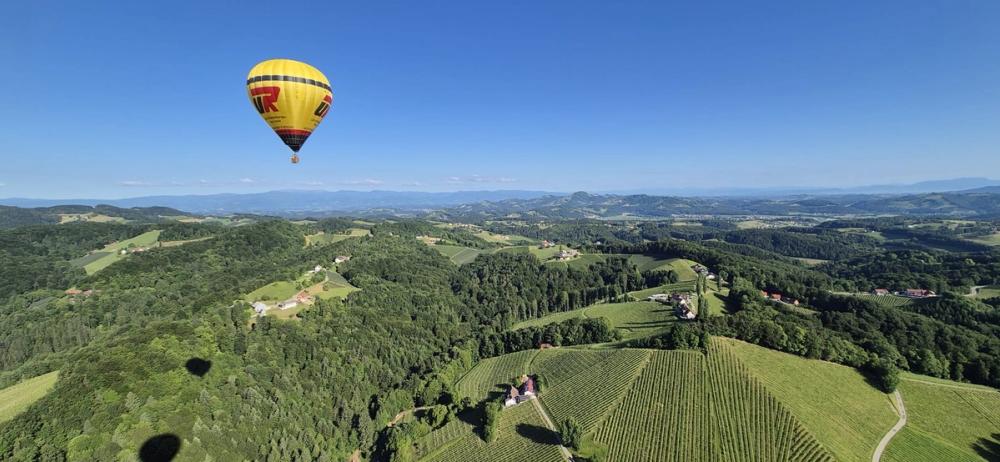
The stunning Steiermark landscape is best seen from a hot air balloon ride - which was also included the IWSC judging week
We assessed a broad range of styles, regions and categories. These included Sauvignon Blanc, Reserve-level Grüner Veltliner, lighter unoaked reds, oak-aged expressions and sweet wines. The result was a clear snapshot of Austria’s position in the global wine conversation. A total of 18 gold, 111 silver and 173 bronze medals were awarded.
Sauvignon Blanc from Styria emerged as the standout, showing clarity, structure and a strong sense of place. Reserve Grüners from Kamptal and Kremstal also performed well, while vibrant, juicy reds such as unoaked Zweigelt reflected a shift towards lighter, more drinkable styles. The judging reinforced everything we experienced throughout the trip. Austrian wine is evolving, and the quality on show made that unmistakably clear.
Why Sauvignon is shining?
Steiermark’s vineyards are among the steepest in Europe, with over a quarter planted on gradients between 40 and 70%. More than half sit above 26%. Vineyard altitudes reach up to 600 metres, and the wide day-night temperature shifts lock in acidity and aromatic clarity.
Soils vary widely: limestone and shale in Südsteiermark, volcanic tuff in Vulkanland, gneiss and sandstone in Weststeiermark; Each contributes nuance.
During our many tastings throughout the trip we found that in the hands of producers such as Tement, Gross and Lackner-Tinnacher, the wines are textured, saline and structured. At their best, they age beautifully and gain complexity. There is also a common use of oak, although this style did divide the panel across the week.
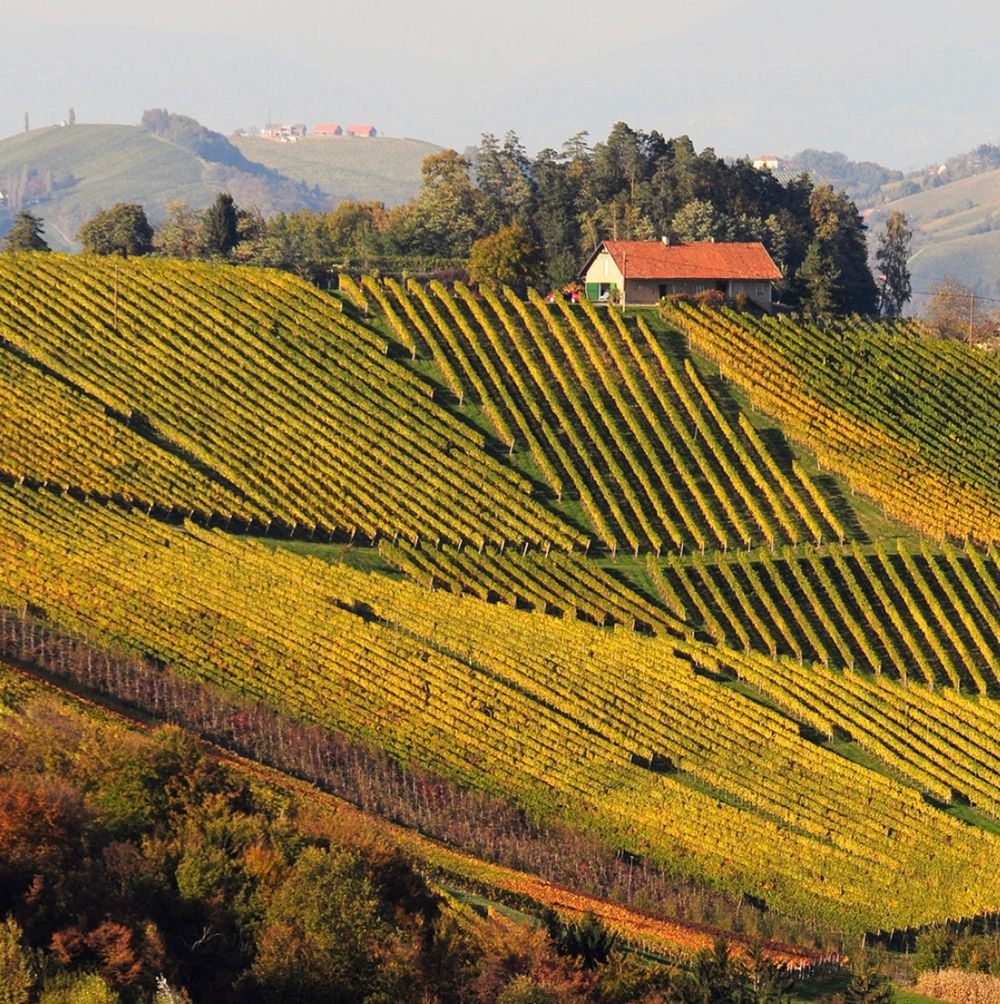
The sloped vineyards at Sattlerhof are typical across the Steiermark region
Andreas Sattler from Sattlerhof, one of the region’s standout producers, commented on the informal but collaborative nature of vineyard mapping that paints more of a picture as to why Sauvignon Blanc naturally grows so well here: “No one wrote anything down a 100 years ago. You knew your best vineyard because your grandfather told you. When we mapped the sites, we just sat down with wine and agreed; it had to make sense to everyone.”
A global opportunity
Sauvignon Blanc popularity continues to grow globally. Plantings have more than doubled in two decades to over 130,000 hectares. The market was valued at roughly £8.4 billion in 2023 and could exceed £18 billion by 2032. Stylistically, the world is hungry for aromatic, food-friendly white wine with identity.
Steiermark has the quality to compete, but it’s also important to realise the challenges for this region. Austria’s overall wine exports fell in 2024 for the first time in a decade, with value down 6%. The UK, while steady, is no longer a growth market. Steiermark’s fragmented vineyard ownership, small production volumes and relatively high prices make it a hard hand-sell, especially when regions like Marlborough or the Loire are household names.
Labour, cost and climate challenges
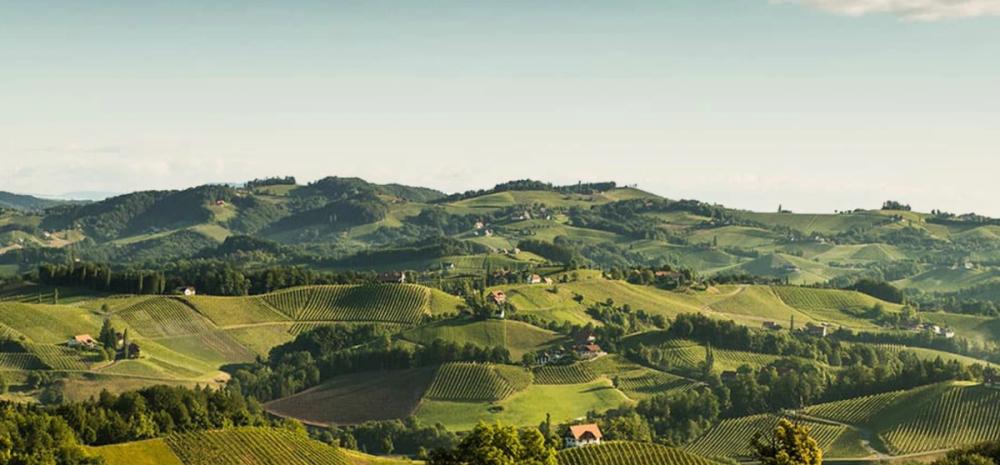
The reality is that Steiermark’s slopes are beautiful but brutal. With grapes having to be hand harvested rain can exceed 1200mm per year. Disease pressure is high and climate change is bringing new extremes. In 2024, Austria’s total harvest fell by 20% due to frost and drought. For small growers here, even a 10% yield loss is significant. Most estates are under five hectares, meaning there’s no cushion to absorb a poor vintage.
The youth movement
But there is plenty to be positive about Steiermark. Perhaps one of the most encouraging stories is emerging in the cellars. Steiermark remains deeply family-oriented and sons and daughters are increasingly taking the reins with an enthusiastic and modern approach. Many return after studying or working abroad, often in places like Marlborough, Sonoma or Stellenbosch.
Dirceu Vianna Junior MW summed it up well: “Next-generation leaders bring youth, confidence and innovation. What stands out here is the trust, not conflict. It’s generational teamwork.”
At one estate, we met a daughter recently returned from New Zealand, now co-steering the winery with her father. He remains fully involved but is happy to let new ideas in. It’s a pattern repeated across the region.
The struggles in the region are also its strength. The vineyards are extreme. The work is hard. The yields are small. But the results are increasingly compelling.
In summary
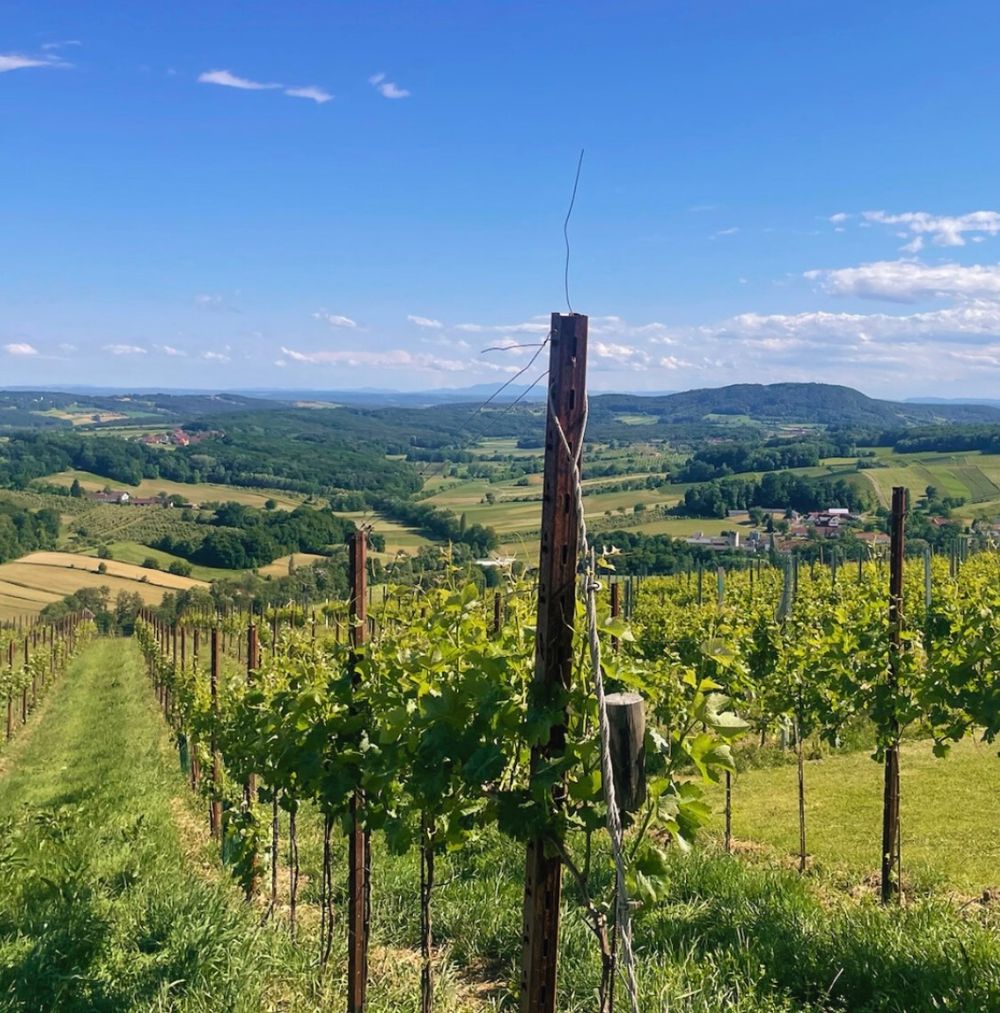
“Inspiring, eye-opening and energising." That's how the IWSC judges summed up their judging in Austria's beautiful Steiermark wine region
I can say with confidence that Steiermark produces some of the world’s most distinctive premium Sauvignon Blancs: taut, structured with defined intensity. Yet despite the attributes, it remains under the radar for most buyers and consumers. What it offers in quality, it still lacks in visibility.
There was strong consensus within our group that Sauvignon Blanc should be the region’s focus. Raising its profile will help elevate the other varieties.
If the future of high-end white wine lies in clarity and a true sense of place, then Steiermark needs to shout from its steep vineyards to the wider world. It has everything to move from quiet contender to must-know region and hopefully this article contributes to the movement.
* Luke Flunder is a judge for the IWSC. The full results of the 2025 IWSC Global Judging in Austria, in partnership with Austrian Wine Marketing Board and this year’s host Wein Steiermark (Styria), can be seen here: The 2025 results are out: IWSC Global Judging in Austria | IWSC.
You can read more about IWSC’s Global Judging campaign here: Global Judging | IWSC International Wine & Spirit Competition.





